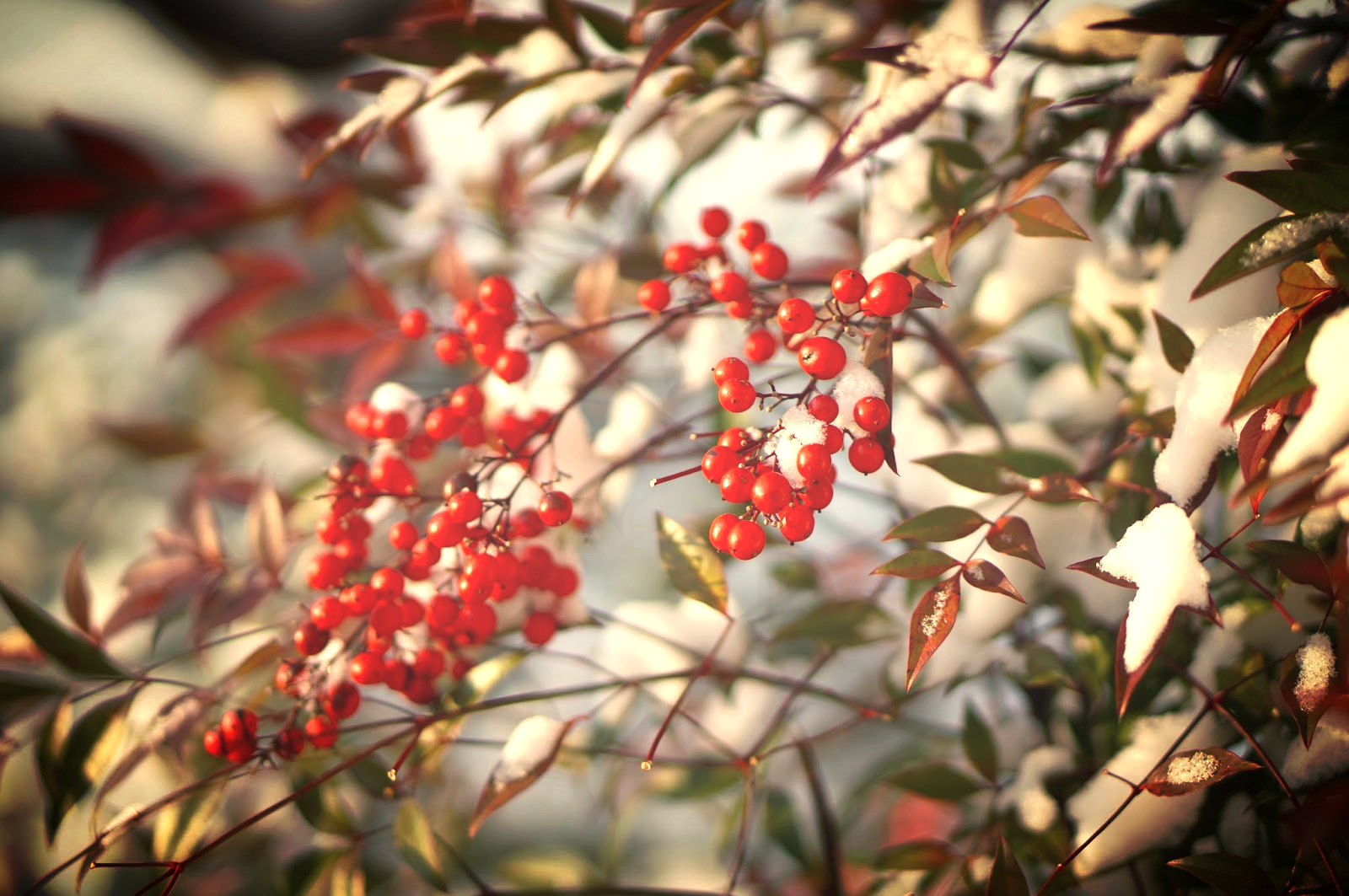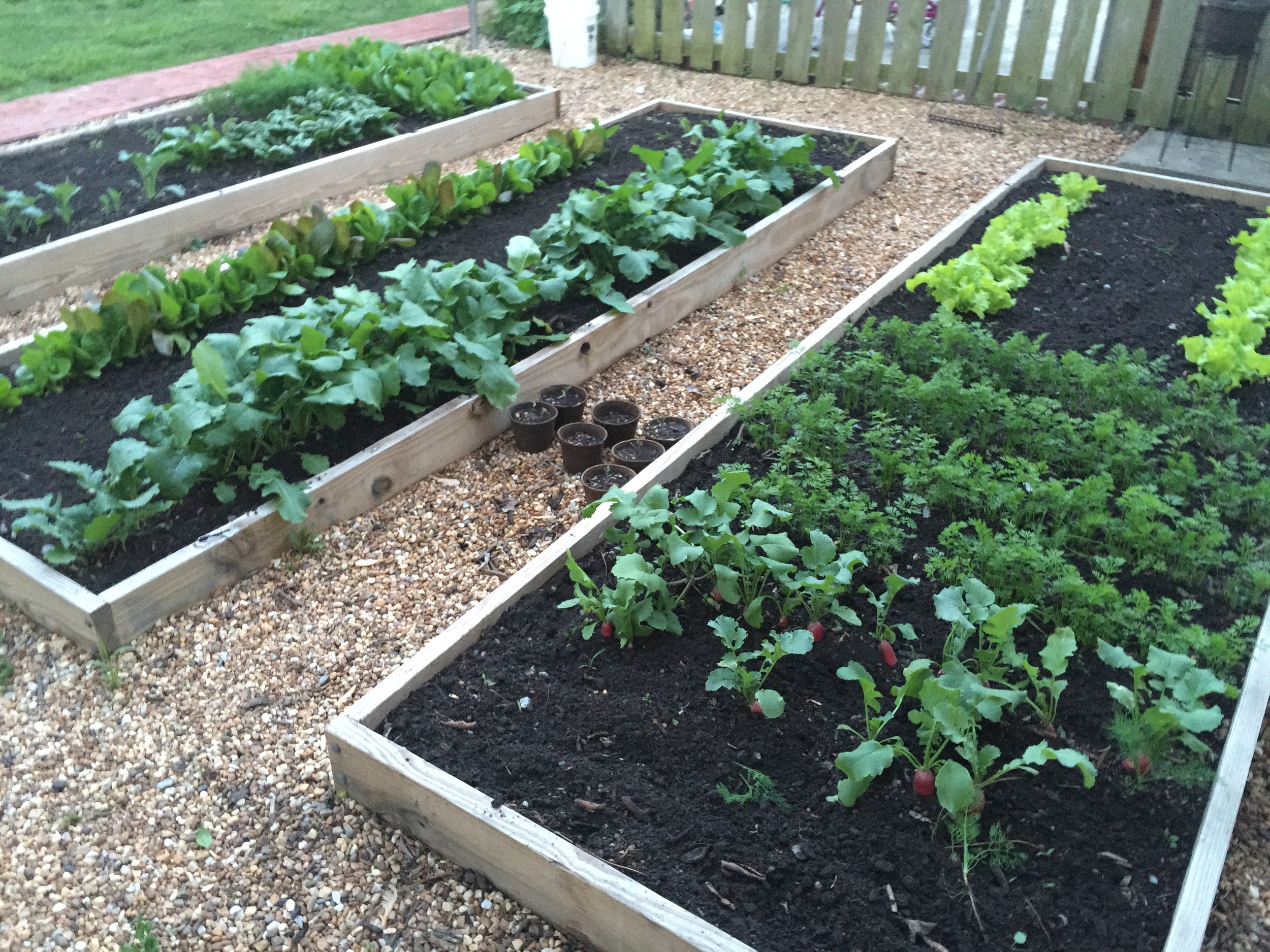Just wanted to give you guys a peak into what we do on the nicer days in February. While Usually this time of year work is pretty slow we always find something to do, today we got a chance to use our tree spade to dig some large crape myrtles for one of our clients.
Winter Landscape Tips
Just because winter has arrived doesn’t mean you have to forget about your landscape! Here are some important things you can do to improve your piece of the great outdoors even as the temperatures drop.
Plan Now for your Spring Landscape Projects!
The days are getting shorter, the temperatures are getting colder, and the first snow flurries are upon us. If you are like most people, spring seems like a long way off and landscaping is just about the last thing on your mind. Winter though is actually a great time to start planning for new springtime patio and landscape projects. It may also be a good time to dust off that set of plans you have in the closet that took a back seat to other home improvement projects this past summer. Often times the planning process is the most time consuming aspect of a project. If you wait until warm weather arrives in early spring to begin, your project may not be completed until mid summer. By starting to think about your landscape projects now, you will have plenty of time to work out all of the details of your plan with your landscape designer. When the weather breaks, you will be ready to go on the installation and you will have the entire summer to enjoy your new patio and landscaping!
Look for Plants That Stand Out in the Winter
When you think of winter, you think of Pine trees, Spruce trees, and Holly shrubs. While these plants, and other evergreens, are “the old stand-bys” for winter interest, there are many other plants that can really liven up your winter landscape. One such plant that is gaining in popularity is the Red Twig Dogwood (Cornus alba). Some cultivars of this plant have spring flowers, variegated foliage, and good fall color; but it is winter when they truly stand out! As the weather gets colder you will notice the brown stems beginning to turn red, with the newest stems having the most vibrant color. Another interesting selection is the Red Twig Dogwood’s cousin, the Yellow Twig Dogwood (Cornus sericea ‘Silver & Gold’). Plants that maintain their berries through the winter provide a splash of color and also are attractive to many birds hunting for scarce winter food. The familiar Blue Holly (Ilex x meservae) has a deciduous relative, Winterberry Holly (Ilex verticillata), that maintains bright red berries on its bare branches throughout the winter. The Winter King Hawthorn (Crataegus viridis ‘Winter King’) is a great ornamental tree that also has red berries during the winter. The berries can be especially striking when viewed with a backdrop of Spruce trees!
Finish those Fall Clean-Ups
With the exception of some Oak trees and Pear trees, most deciduous trees have dropped there leaves. If you have not already, be sure to get rake all your leaves off the lawn or at least mulch them into the lawn with your lawn mower. Leaves can smother your lawn if left on through the entire winter and make it more susceptible to disease problems in the spring. A little work and preparation now and through the winter months can make a big impact on your landscape come spring. And if you are considering any patio or landscape projects for 2016, start planning for that now. Before you know it, you will be able to replace that hot chocolate in the house with a tall glass of iced tea on your new patio!
Dont Hate, Cultivate
This week we continue to focus on edible gardening. If there's one thing I know about spring fever, mulch and flowers aren't the only things on people's minds. The promise of juicy ripe tomatoes, fresh cucumbers, and salads straight from the garden sends our salivary glands into overdrive. Most of us approach the vegetable garden with such gusto, but as the season moves on our attention to our beloved garden seems to wane. The next thing you know you're spending your weekends on your hands and knees, pulling, digging, spraying, and cursing the day you ever planted this garden. It doesn't have to be a battle. The garden can actually be quite relaxing, as well as a nice way to decompress after a long day at work. Today we'll give you a few tips that will hopefully make this year's vegetable garden more enjoyable as well as bountiful.
Raised Beds
If there is one thing that brought me back from the brink of never having a garden again, it is the raised planting bed. Sure, tilling up a little plot of land in the back yard sounds great, but it's quite difficult to fully isolate that beautiful patch of garden from undesirable vegetation. Raised planter plans are readily available online, and while they are not maintenance free they give us greater control over our garden. With a raised planter we can manage our soil health, drainage, pest and weed control more effectively.
Raised planting beds constructed from 2x8 lumber
Create a Regimen
The title of this blog was inspired by my evening ritual in the spring and summer. A little background on myself, I have been sidelined by an ankle injury and surgery for almost three months, so it is nice to finally get my hands back into the soil. That being said I enjoy tending to our garden, so much so that I have made it my evening ritual to spend fifteen minutes a day, give or take, tending to its needs. It typically includes cultivation, wiping out an infiltration of lambs quarters in the areas that have yet to be planted, and harvesting fresh radishes and spinach for the evenings supper. It's always beneficial for both me and the garden to spend time together.
English breakfast radishes ready for harvesting
It Takes Time
Growing the biggest blemish free tomatoes or perfect squash takes time not only during the growing season, but also year after year. Studying what works well in certain areas, what critters decided you opened a buffet for them, and how much you need are all part of the process. One of the many things I've learned in my years of gardening is not to over plant. There is nothing worse than seeing cucumbers turn bleach white and bitter on the vine, or okra becoming so large and fibrous that it is only good for compost. Just think about all the space you'll have for new and exciting veggies and herbs if you grow only what you need.
Next week we will take a look at shade loving perennials and how to turn that dark boring corner of your landscape into an awesome display of foliage and flowers...
The Golden Rules of Mulching
Today we're going to discuss the three most important rules when it comes to applying mulch in your landscape bedding areas. When applied correctly, mulch is very beneficial to the landscape, maintaining a consistent soil temperature, suppressing weeds, as well as maintaining soil moisture. However, when applied incorrectly, mulch can be one of your landscape's worst enemies.
Rule Number 1
NO MULCH VOLCANOS
When mulching around trees and shrubs it's important that the mulch not come in contact with the base of the tree or the crown of the plant material. When mulch is in direct contact with plant material or the bark of a tree it creates the perfect conditions for wood rot, pest harborage, as well as girdling, a condition where roots grow upwards into the mulch eventually wrapping around themselves and suffocating the tree.
Excessive mulch build up at the base of a tree
An example of root girdling.
Rule Number 2
More Isn't Always Better
If three inches of mulch is good, six inches is even better, right? Wrong. At any time the maximum depth of mulch in your planting beds should be three inches. Mulch that is applied too deep can have negative effects on your landscape. Excessive mulch can trap water in the root zone of plant material causing root rot. Over time, if mulch is applied too deep, it can compress, creating a barrier that doesn't allow water and nutrients to penetrate the soil, decreasing the health of the soil. Some mulches, especially those containing cut grass, can affect soil pH. Continued use of certain mulches over long periods can lead to micronutrient deficiencies or toxicities.
Excessive mulching is not a good thing.
Rule Number 3
Prep Before Applying
It's always a good idea to apply any pre-emergent herbicide prior to mulching. As this will prevent the roots of weeds from making soil contact, and since we're only applying three inches of mulch weeds will not thrive in such an environment. It's also a perfect time for scarifying the soil or old mulch to allow water and nutrients to permeate the root zone. Scarification will also break up any matted bits of mulch and large clods of soil.
Simple tools like a garden weasel or bow rake make scarification of soils and mulch an easy task.
Now that you're armed with the the golden rules of mulching get out there, enjoy the great spring weather, and mulch with confidence.
Edible Gardening
As we discussed in our last post the days are getting longer and the warmer weather probably has left you, along with everyone else, with a full blown case of spring fever. Today we're going to delve into the edible gardening, especially our cool season vegetables .
While its a bit early to plant any warm season veggies, now is the perfect time to amend soils in our planting beds as well as lay out our cool season plants or seeds. Cool season vegetables are those varieties that thrive during the shorter days and cooler nights. Some examples of cool season vegetables are; carrots, beets, kale, broccoli, cauliflower, and many more. Although these plants can tolerate the cold, they can still be wiped out by a severe frost or freeze.
Spinach and lettuces can also be planted this time of year. If you don't have a lot of room, or don't want a dedicated vegetable garden, use larges pots with drainage holes to to create a salad garden. Wouldn't it be nice to be the first person on the block with fresh salad greens picked just steps away from your door.
Gardening is also a great way to get your kids interested in gardening as well as understanding where their food comes from and how its produced. My own children take great delight in planting and maintaining their own little plots in our garden, always eager to harvest and taste something that they nurtured and cared for. If your interested in getting your kids to eat more veggies, let them grow them, you'd be surprised how much more open they are to enjoying the fruits of their labor.
Your Turf is Hungry
Now that spring is here, landscapes throughout Hampton Roads are waking up. After a record long cold spell along with spring’s wake up call, your turf is hungry!
Everyone admires a beautiful, lush, healthy lawn. The first step in achieving one is soil testing to determine the proper nutrient program for maximum turf building. Samples should be taken from several areas of the lawn, especially if they vary substantially in drainage, soil type or other characteristics. Flower and shrubbery beds should also be tested so the particular requirements can be met.
Spring fertilization is the key to building up your turf’s fertility level in preparation for the hot summer ahead. And without the information a soil test provides, you may be throwing money away.
Nansemond Lawn and Garden takes a full service approach when it comes to your turf management. We offer a full line of turf care services as well as soil testing services. Contact us today to schedule a free consultation.
















